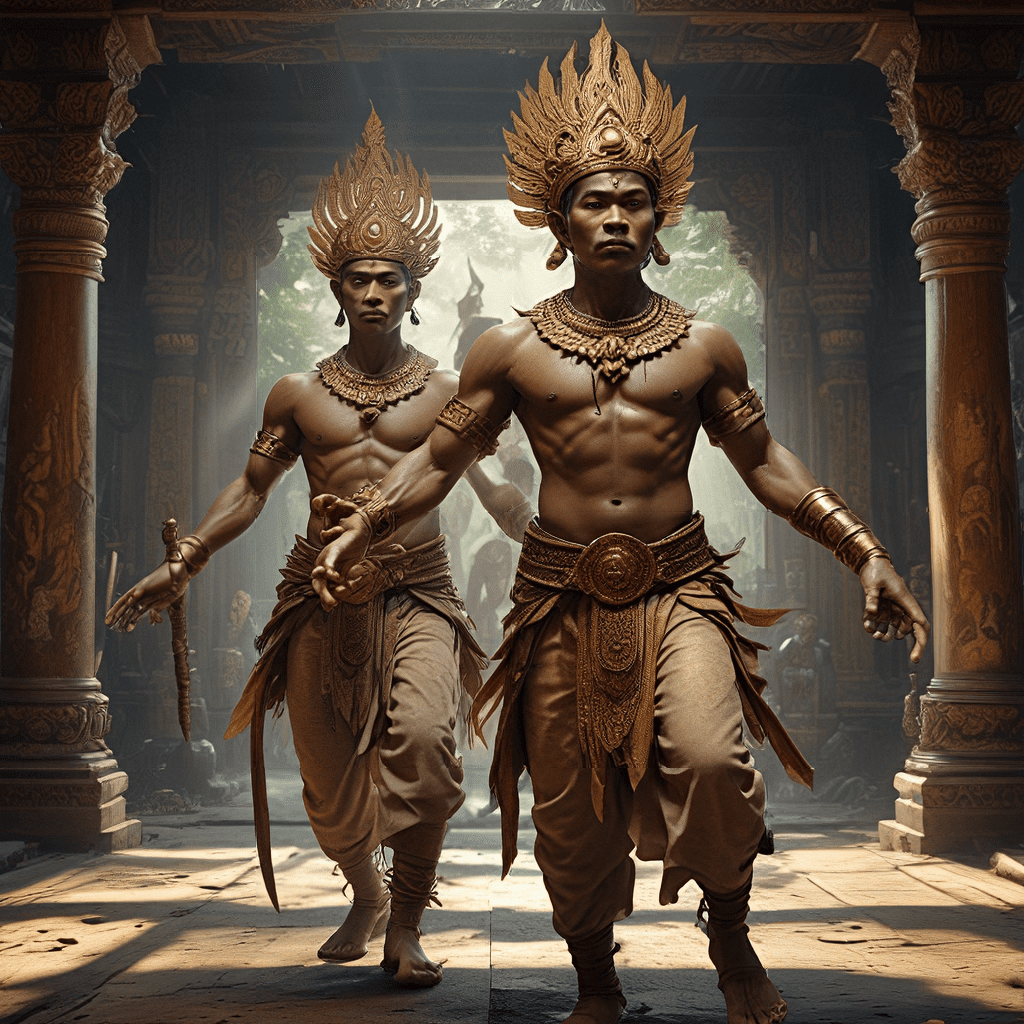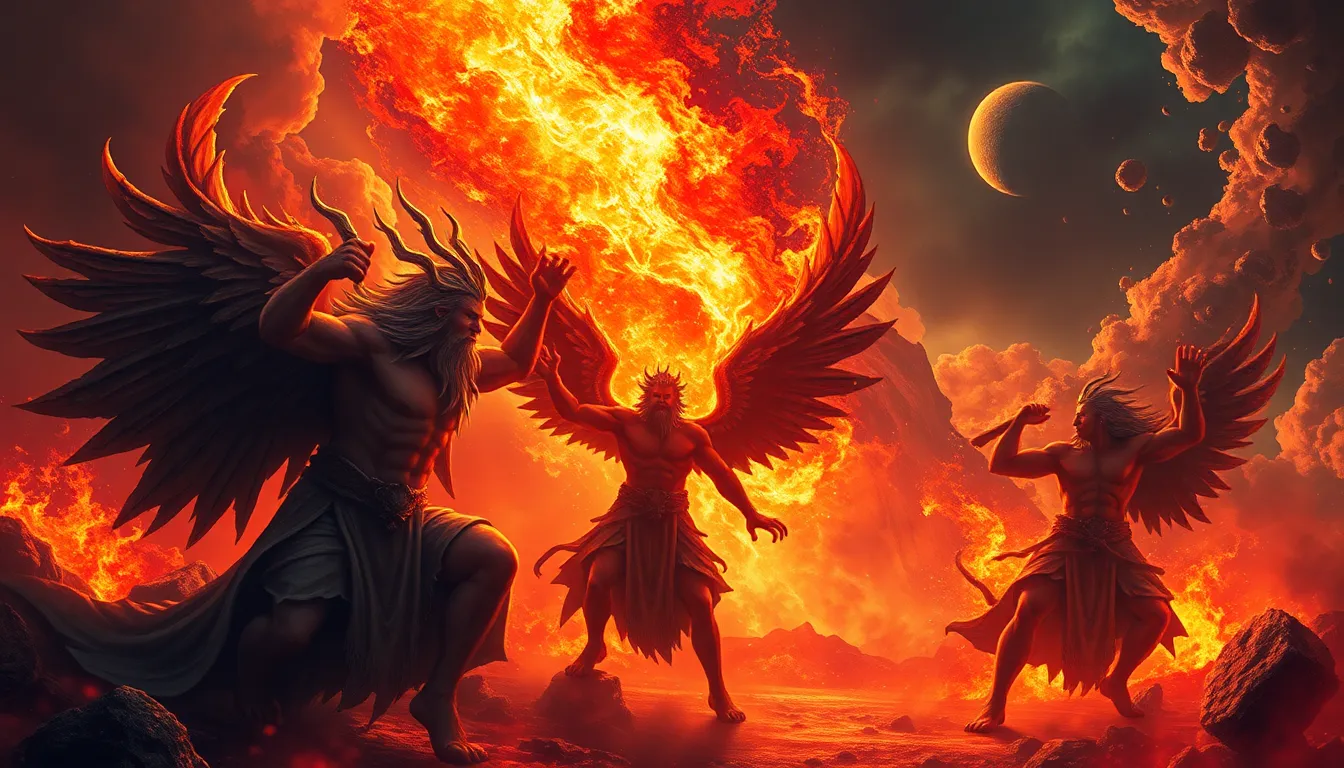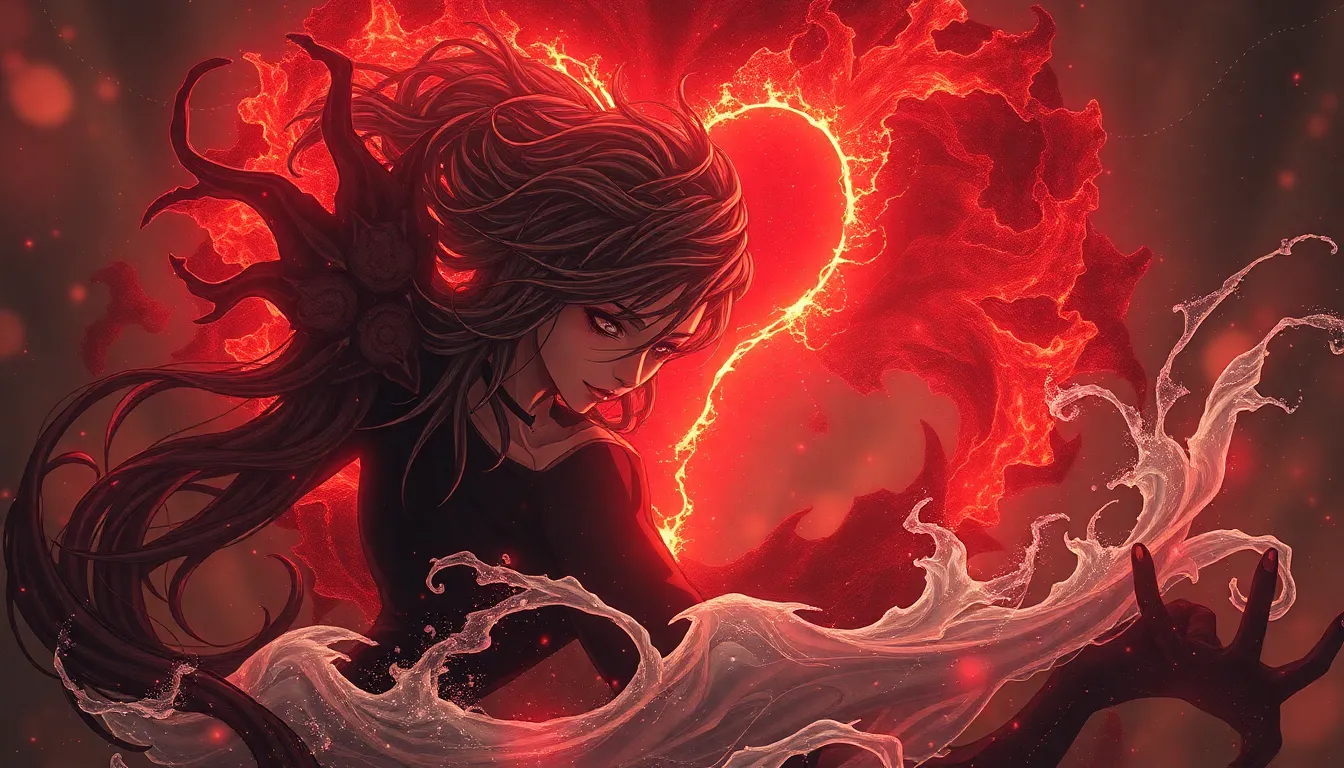Thai Mythology: The Dance of Creation and Destruction
In the realm of Thai mythology, the universe unfolds as a captivating drama of creation and destruction, a constant dance between order and chaos. This rich tapestry of stories echoes the timeless questions of human existence: where do we come from, what is our purpose, and what awaits us beyond life?
The Cosmic Egg: A Genesis of the Universe
Thai mythology paints a vibrant picture of the universe's origin. According to ancient tales, the world began as a giant cosmic egg, a celestial sphere brimming with potential. This egg, often depicted as a white, luminous orb, held within it the seeds of all creation – the heavens, the earth, and all living beings.
One version of this myth tells the story of a giant serpent, known as Naga, who curled around the cosmic egg, protecting and nurturing it until the time was right. The serpent's presence symbolized the primal forces of the universe, the serpent's scales representing the stars and the vastness of space.
Brahma, Vishnu, and Shiva: The Trimurti in Thai Mythology
Central to the intricate web of Thai mythology stand the divine Trinity, known as the Trimurti: Brahma, Vishnu, and Shiva. This divine trio represents the fundamental forces governing the universe, each embodying a crucial aspect of the cosmic dance of creation, preservation, and destruction.
The Dance of Creation and the Role of Brahma
Brahma, the creator god, is often depicted with four heads and four arms, each holding a different symbol of his power. His role is to bring forth the universe from the cosmic egg, shaping the world and its inhabitants. He is the architect of existence, the divine sculptor who carves out the beauty and complexity of the cosmos.
Brahma's creation is not a solitary act, but a collaborative effort with other deities, including the divine beings known as Devas. These celestial beings, blessed with wisdom and power, assist Brahma in shaping the world, weaving life into its fabric.
Preservation and Balance: The Significance of Vishnu
Vishnu, the preserver, is a god of peace, harmony, and order. His role is to maintain the balance of the universe, ensuring that creation flourishes without descending into chaos. He is often depicted reclining on a serpent, symbolizing his power over the primal forces of nature. Vishnu's avatars, or incarnations, are legendary figures who embody the divine qualities of compassion and justice, coming to Earth to protect humanity and uphold cosmic order.
Vishnu is known for maintaining cosmic order and ensuring the smooth functioning of the universe. He represents stability, equilibrium, and protection from disruptive forces. He is the guardian of the universe, ensuring that creation thrives and balance prevails.
Destruction and Renewal: The Power of Shiva
Shiva, the destroyer, is a complex and fascinating deity in Thai mythology. He embodies the transformative power of destruction, a force that brings an end to old cycles and paves the way for new beginnings. Often depicted with three eyes, a serpent around his neck, and an axe in his hand, Shiva represents the raw power of the universe, the unstoppable force that brings about change.
Shiva's destruction is not a mere act of chaos, but a necessary act of renewal. Just as a gardener prunes a plant to promote growth, Shiva clears the path for new life to emerge. He is the embodiment of the natural cycle of death and rebirth, the force that ensures the ongoing evolution of the universe. Shiva's destructive power is a catalyst for transformation, a force that allows the universe to constantly evolve and adapt.
The Cycle of Samsara and the Role of Karma
Thai mythology centers around the concept of samsara, the endless cycle of birth, death, and rebirth. This cycle is driven by karma, the law of cause and effect, where actions have consequences that shape future lives.
Every action, both good and bad, creates karma that determines an individual's fate in the next life. The goal of human existence is to break free from the cycle of samsara and achieve liberation, known as nirvana. This is achieved by living a virtuous life, cultivating compassion, and ultimately understanding the nature of the universe.
The Naga: Serpent Guardians and Symbols of Power
The Naga, serpentine beings of immense power, hold a prominent place in Thai mythology. They are often depicted as half-human, half-serpent, guardians of sacred places and protectors of the earth.
Naga are associated with water, fertility, and the forces of nature. They are powerful beings, capable of both great benevolence and destructive wrath. In some stories, they are wise advisors to kings, while in others, they are formidable opponents who must be appeased.
Naga represent the duality of nature, the balance between destructive power and life-giving force. They remind us of the interconnectedness of all things and the vital role that nature plays in shaping our world.
The Asuras: The Demonic Counterparts of Devas
In Thai mythology, the Devas are celestial beings, representing divine power and righteousness. However, they have powerful counterparts known as Asuras, who embody chaos, greed, and destructive tendencies.
Asuras are often portrayed as fierce and cunning, representing the darker aspects of the universe. They are adversaries to the Devas, constantly vying for power and control. This conflict between Devas and Asuras represents the eternal struggle between good and evil, order and chaos.
The Asuras are a reminder that even in the divine realm, there exists a balance of forces, and that darkness is a necessary counterpoint to light. They serve as a cautionary tale, reminding us that even within ourselves, there exist both destructive and constructive tendencies.
Theories on the Origins and Influences of Thai Mythology
The tapestry of Thai mythology is rich and complex, drawing influences from various sources. It shares common threads with Hindu mythology, showcasing the influence of ancient Indian scriptures like the Ramayana and Mahabharata. The belief system also incorporates elements of Buddhism, particularly its focus on karma and the cycle of rebirth.
Over time, Thai mythology has evolved, incorporating local traditions and beliefs, reflecting the unique cultural identity of the Thai people. This blending of different influences has given rise to a mythology that is both diverse and profoundly insightful, offering a unique perspective on the universe and the human condition.
FAQ
What is the significance of the cosmic egg in Thai mythology?
The cosmic egg represents the origin of the universe, containing the potential for all creation.
How do the three deities of the Trimurti interact in Thai mythology?
Brahma creates the universe, Vishnu preserves it, and Shiva destroys it to facilitate renewal.
What is the role of karma in the cycle of samsara?
Karma dictates the consequences of one's actions, influencing their fate in future lives.
What are the Naga, and what is their significance in Thai mythology?
Naga are serpentine beings representing the duality of nature, guardians of sacred places and protectors of the earth.
How do the Asuras differ from the Devas?
Asuras are the demonic counterparts of Devas, representing chaos and destructive tendencies.



